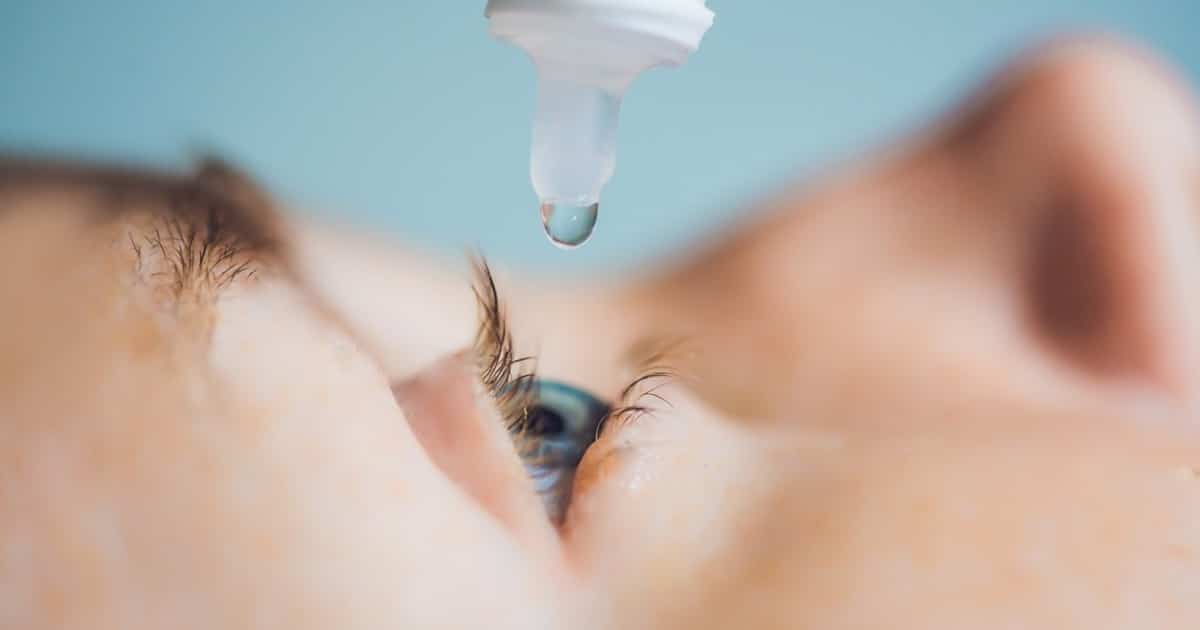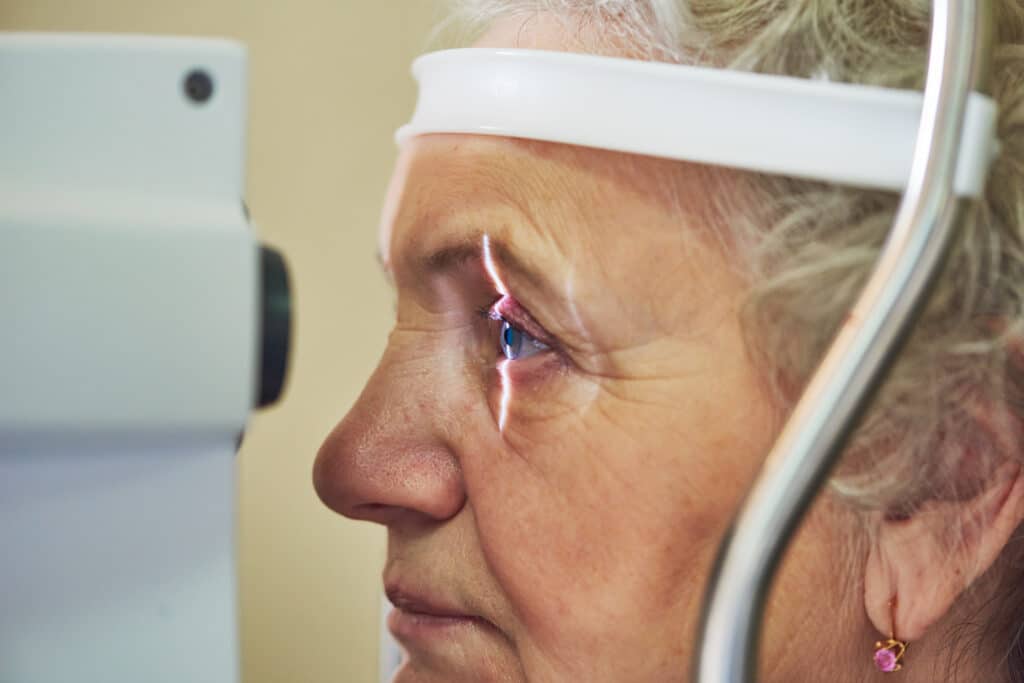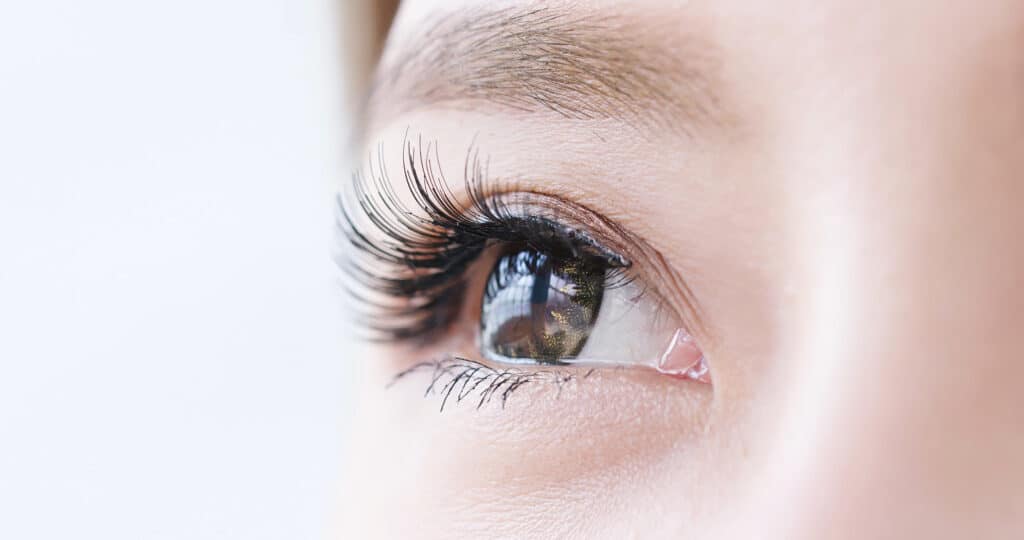LASIK Surgery Facts vs. LASIK Myths
July 27, 2020
If you are thinking about getting refractive eye surgery, it is likely that LASIK (laser-assisted in-situ keratomileusis) is among the options you are considering. In fact, it is highly likely that you already know someone who has had the procedure done. As it stands, approximately 700,000 LASIK surgeries are performed each year, making it one of the most popular elective surgeries in the country. Not only is it popular, but it has an impressive 96 percent satisfaction rate – the highest of any elective procedure.
Even with its stellar track record as a laser vision correction option, LASIK continues to be a misunderstood procedure by many which often causes myths and misconceptions to be shared. In this article, we address a number of commonly heard myths and provide LASIK eye surgery facts and insights for what LASIK can and can not do surrounding these inaccurate ideas.

Myth: LASIK is Risky and Unproven
LASIK is performed with a higher frequency and a higher success rate than nearly all other elective procedures. The Journal of Cataract & Refractive Surgery has presented research that reports 99 percent of LASIK patients achieve better than 20/40 vision and more than 90 percent reach the visual acuity of 20/20 after the operation. LASIK was approved by the FDA in 1998, and since then an estimated 30 million LASIK procedures have been performed worldwide.
The refractive surgeons who conduct the surgery also believe in the procedure, so much so that they have had LASIK surgery performed on themselves at a rate of 10 to 12-times higher than that of the general national population. Of course, there is inherent risk with any surgery. It is highly recommended that you choose a LASIK surgeon who has a proven track record of satisfied clients and thousands of successful operations completed so you can ensure that you are in competent hands.
Myth: LASIK Makes Your Night Vision Worse
It is true that in the past there have been side effects of glare and halo issues that patients had experienced after having LASIK surgery. However, advances in technology surrounding the reshaping of the cornea along with improved treatment algorithms have significantly reduced any negative impact LASIK has had on night vision. Today, it is more common that people report having improved nighttime vision and glare after their LASIK procedure. For those who do experience glare and halos after their surgery, the condition generally improves over a matter of months. A patient’s pupil size can also impact the presence of glare and halos after LASIK surgery. If the problem persists, it can be remedied with a light pair of glasses with anti-reflection that only need to be worn at night time.
One study focusing on active-duty United States Naval aviators who have had LASIK provided impressive results. It showed that 88% of pilots who land on aircraft carriers at night found their night vision to be improved after LASIK in comparison with their vision with glasses prior to the surgery. Amongst the 633 naval aviators with LASIK polled, 99.6% said they would recommend the surgery to others.
Myth: Having LASIK Can Make Your Myopia Worse
Myopia (or nearsightedness) should only be a concern before your LASIK surgery. Prior to undergoing LASIK, it is highly recommended for patients to have a clear record of their vision being stabilized in adulthood. This will ensure the most effective long-term results after LASIK has been completed. The truth is, myopia typically does not progress further after LASIK. It is natural for eyes and vision to change over time, but LASIK is rarely responsible for prompting the degradation of vision.
The Path to Clearer Vision Starts Here
Myth: LASIK Causes Dry Eye
During the healing period after a LASIK surgery, the experience of dry eye and irritation are among the common side effects. Dryness during this time is temporary and is combated with eye drops to ease the discomfort. As healing in the eye progresses, dryness decreases dramatically and comfort levels continue to improve to the point where dryness is no longer an issue. Contrast this with contact lenses where the longer a person wears them the dryness and irritation only gets worse. For most patients who transition from contact lenses to LASIK, they ultimately experience a reduced sense of dryness in their eyes.
A three-year study comparing LASIK and contact-lens wearers concluded that 98% of LASIK patients who previously wore contacts were satisfied 3 years after vision correction, an 11% higher boost in comparison to those who continued to wear contacts during the same period.
Myth: LASIK Flap is Fragile and Easily Dislodged
In the days immediately following a LASIK procedure the corneal flap is fragile and has a higher risk of being dislodged, usually caused by rubbing your eye. Fortunately, the dislodging of a flap after LASIK is very rare and occurs in less than 1% of cases. It is recommended that you avoid rubbing your eyes for the first two weeks after surgery, and protective goggles are provided to sleep in for up to the first postoperative week. After that short amount of time your flap should be healed, secure, and you should be able to resume most of your normal activities.
It is true that unoperated corneal tissue in your eye is significantly stronger than that of a LASIK flap wound site. However, flap dislocations well after the wound has healed are incredibly rare and only likely to occur with trauma that produces more significant injuries than the eye flap itself. The durability of the LASIK flap is demonstrated by the fact that many patients have active professions (including athletes, military, and law enforcement) that expose them to higher potential for eye trauma however dislodging’s are still not a concern.
In the off-chance that a LASIK flap is dislodged, most can be successfully be repositioned in the eye without causing harm to one’s vision.

Myth: LASIK is Old Technology and You Should Wait for Something New
When it comes to laser vision correction, LASIK has withstood the test of time as a reputable procedure for over 20 years. It continues to be a highly effective refractive surgery and LASIK has actually been evolving over the years with incremental improvements to make it the mature and reliable technology that it is today. In 2017, data from an FDA report showed that modern lasers have significantly improved patient-reported visual outcomes after LASIK.
2001 brought us the transition to a femtosecond laser, which has essentially eliminated during-surgery flap-related complications. In 2002, custom and optimized treatment patterns for LASIK were introduced to reduce night-vision concerns and the potential interaction between treatment and pupil size for most prescriptions. From 2009 on there have been dramatic improvements in diagnostic ability to assess the eye and determine if a patient is a viable candidate for LASIK or if they would be better suited for a different procedure.
Conclusion
While LASIK myths are prevalent, the amount of data compiled over the past thirty years is indisputably conclusive: LASIK is an effective and reliable refractive surgery. We understand the potential for anxiety around any eye surgery, but you can take comfort knowing that the LASIK procedure has been successfully completed millions of times with minimal negative side effects. In order to separate the LASIK facts from the LASIK myths, we recommend an in-person consultation with a trusted ophthalmologist who will be able to answer any questions or concerns you may have. They will also be able to help determine if LASIK or a different eye surgery is ideal for your unique situation.
If you are ready to improve your sight through a laser vision correction, the Heart of Texas Eye Institute is here to help. Please contact us for a free consultation to see if LASIK is right for you.


